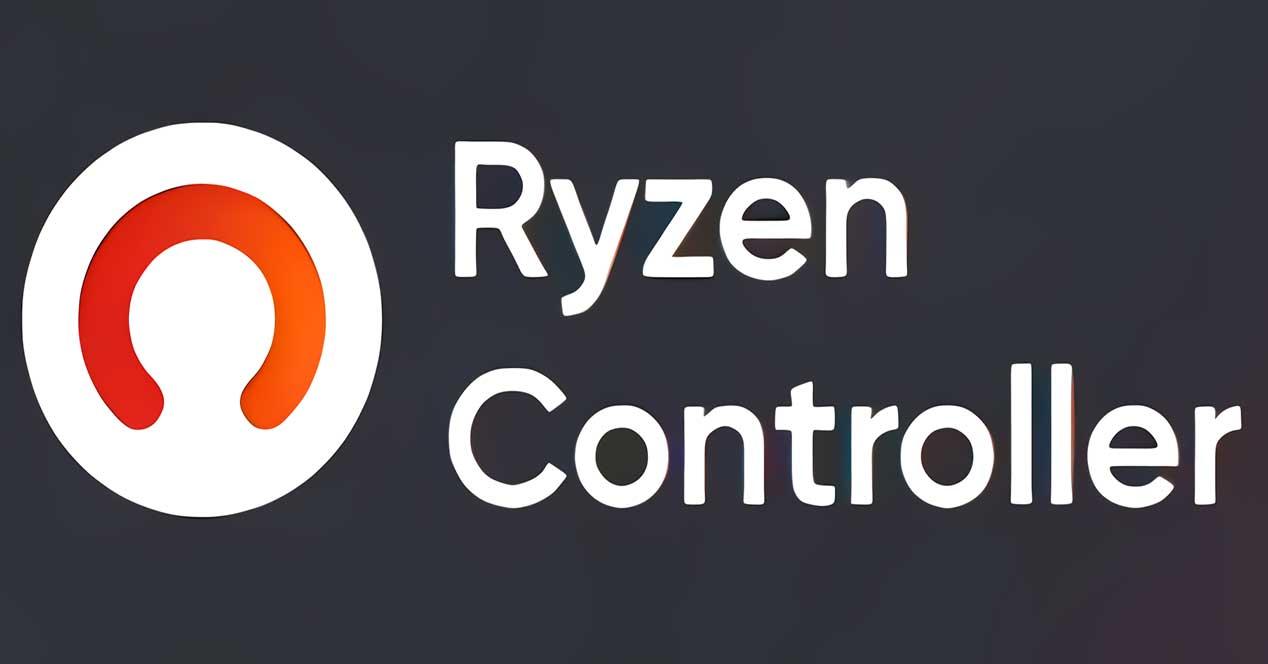
However, laptop manufacturers can configure the chips to use up to 25 watts in larger systems with more power and cooling. Like Intel's mainstream U series CPUs, the Ryzen Mobile APUs will have a standard thermal design profile (TDP) of 15 watts. How much wattage do Ryzen Mobile APUs consume? Built to take-on Intel's Core i5-8250U, the Ryzen 5 2500U features base and turbo clock speeds of 2 and 3.6 GHz, eight Radeon compute units and 4MB of 元 cache. It has base and turbo frequencies of 2.2 and 3.8 GHz, respectively, along with 10 Radeon compute units and 4MB of 元 cache. The Ryzen 7 2700U is designed to go head-to-head with Intel's Core i7-8550U. Specifications and connection types of supported peripherals.What Ryzen Mobile processors are available?įor launch, AMD is releasing just two versions, both of which are designed for ultrathin laptops that might typically use Intel U series CPUs. General parameters of a GPU integrated into Ryzen 5 2500U. Depending on the motherboard, higher memory frequency may be supported. Types, maximum amount and channel number of RAM supported by Ryzen 5 2500U's memory controller. Some are specific to Intel only, some to AMD.

Supported virtual machine optimization technologies. You'll probably need this information if you require some particular technology. Technological capabilities and additional instructions supported by Ryzen 5 2500U. Some can even double their declared thermals given that the motherboard allows to tune the CPU power parameters. Note that power consumption of some processors can well exceed their nominal TDP, even without overclocking. Useful when planning a future computer configuration or upgrading an existing one. Information on Ryzen 5 2500U compatibility with other computer components and devices: motherboard (look for socket type), power supply unit (look for power consumption) etc.

These parameters can generally indicate CPU performance, but to be more precise you have to review its test results. Basic microprocessor parameters such as number of cores, number of threads, base frequency and turbo boost clock, lithography, cache size and multiplier lock state.


 0 kommentar(er)
0 kommentar(er)
